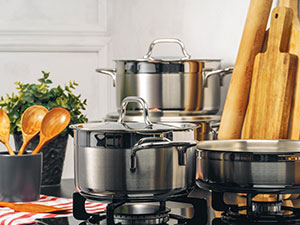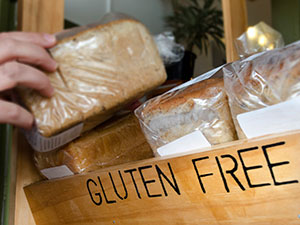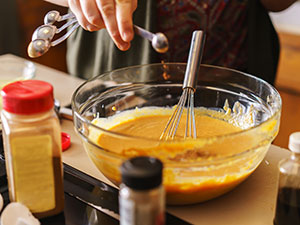

Make Your Kitchen a Safe Space
Whether you’re diagnosed with celiac disease, or a household member is, learning how to make your kitchen a safe space takes on a power of its own. No other time does this prove truer than after being newly diagnosed — for success and health in the years to come.
The pièce de résistance of eating gluten free is that the amount of gluten needed to cause a reaction is quite small and variable from one person to the next.
To put it into context, researchers cite most patients with celiac disease can safely ingest <50 milligrams (mg) gluten every day. Though, many patients experience best results with a level <10 mg per day.
What does <10 mg per day look like? According to The University of Chicago Celiac Disease Center, 10 mg gluten is equivalent to 1/64 teaspoon wheat flour. What does 10 mg of gluten look like visually? Check out Gluten Free Watchdog's explanation from registered dietitian Tricia Thompson MS, RD: https://bit.ly/10mgGluten.
When functioning within a shared food space, this 1/64 teaspoon flour equivalent can be easily met simply by sharing surfaces and cooking equipment. For this reason, the rule of thumb is to keep kitchens safe from gluten, across the board, regardless of how many household members have celiac disease.
How to do this? Here are commonly recommended steps to follow:
Appliances & Tools
Pay attention to appliances that collect food- whether because of how they’re designed, how hard they are to clean or the type of material they’re made out of.
Ingredients & Food
Pay attention to possible areas of cross contact, or contamination, from gluten and label, label, label.




